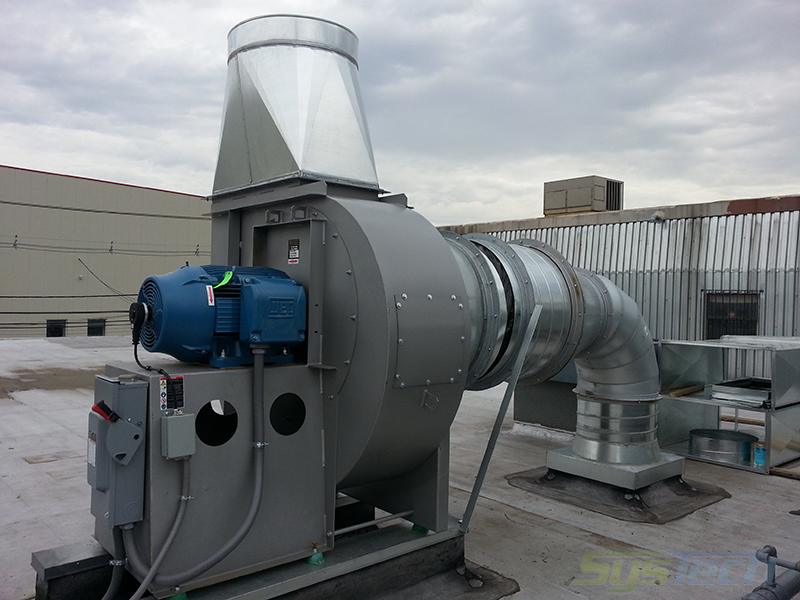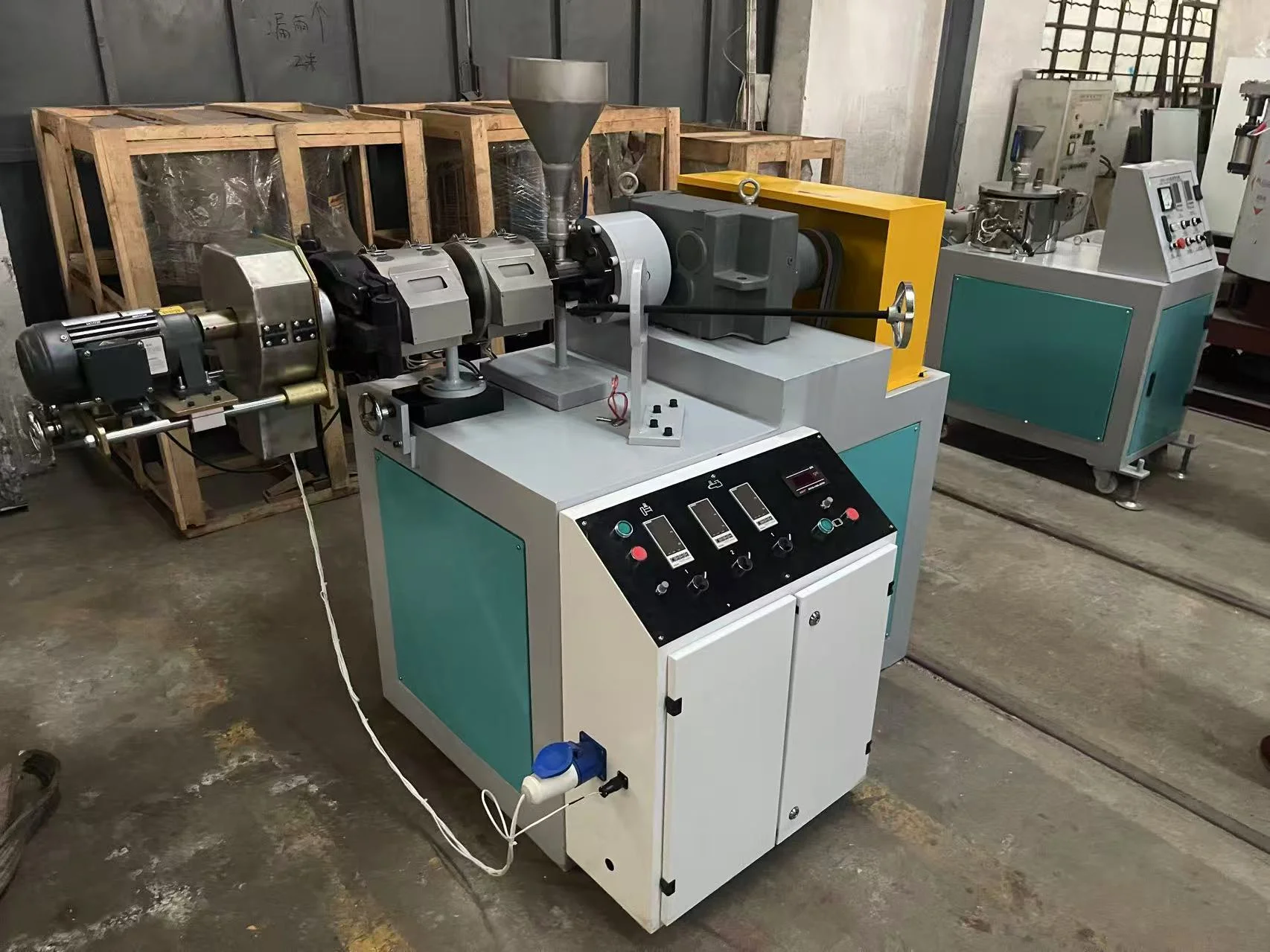Natural ventilation is a crucial aspect of building design that promotes the circulation of fresh air without relying on mechanical systems. It not only enhances indoor air quality but also reduces energy consumption and creates a healthier and more comfortable living or working environment. In this article, we will explore various strategies and techniques to provide effective natural ventilation in buildings.
- Building Orientation:
One of the fundamental considerations for natural ventilation is the orientation of the building. By aligning the structure with prevailing winds, architects can harness the power of natural airflow. This allows for the creation of strategic openings, such as windows, doors, or vents, to facilitate the intake and expulsion of air. - Cross Ventilation:
Cross ventilation is a technique that utilizes the pressure difference between two sides of a building to drive airflow. By strategically placing openings on opposite sides, air can flow through the space, carrying away heat, pollutants, and odors. This method is particularly effective in regions with consistent wind patterns. - Stack Effect:
The stack effect relies on the principle that warm air rises and cool air sinks. By creating openings at different heights, such as high-level windows and low-level vents, a natural convection current is established. Warm air escapes through the higher openings, drawing in cooler air from below, resulting in a continuous flow of fresh air. - Ventilation Strategies for Different Climates:
Different climates require tailored ventilation strategies. In hot and humid climates, for example, the focus is on maximizing airflow and minimizing heat gain. This can be achieved through the use of shading devices, such as overhangs or louvers, and the incorporation of natural ventilation systems, such as wind towers or roof vents.
In colder climates, the emphasis is on balancing ventilation with energy efficiency. Strategies may include the use of heat recovery ventilation systems, which extract heat from outgoing air and transfer it to incoming fresh air, reducing heat loss while maintaining adequate ventilation.
- Natural Ventilation Enhancements:
To optimize natural ventilation, several enhancements can be implemented. These include the use of adjustable openings, such as operable windows or vents, to allow for control over airflow rates. Additionally, the integration of sensors and automated systems can help monitor and adjust ventilation based on indoor air quality, temperature, and occupancy levels.
Conclusion:
Natural ventilation is a sustainable and effective method of providing fresh air and maintaining a healthy indoor environment. By considering building orientation, cross ventilation, stack effect, climate-specific strategies, and enhancements, architects and designers can unlock the full potential of natural ventilation. Incorporating these strategies not only improves indoor air quality but also reduces energy consumption, creating more sustainable and comfortable spaces for occupants.





More Stories
Maximizing Efficiency and Precision with Horizontal Machining Centers
Mini Single Screw Extruder: Precision Engineering and High-Performance Application Guide
How a laser wire marking machine Enhances Identification Accuracy in Modern Cable Manufacturing